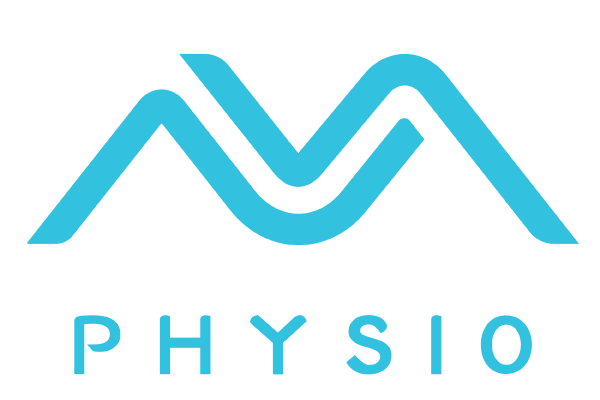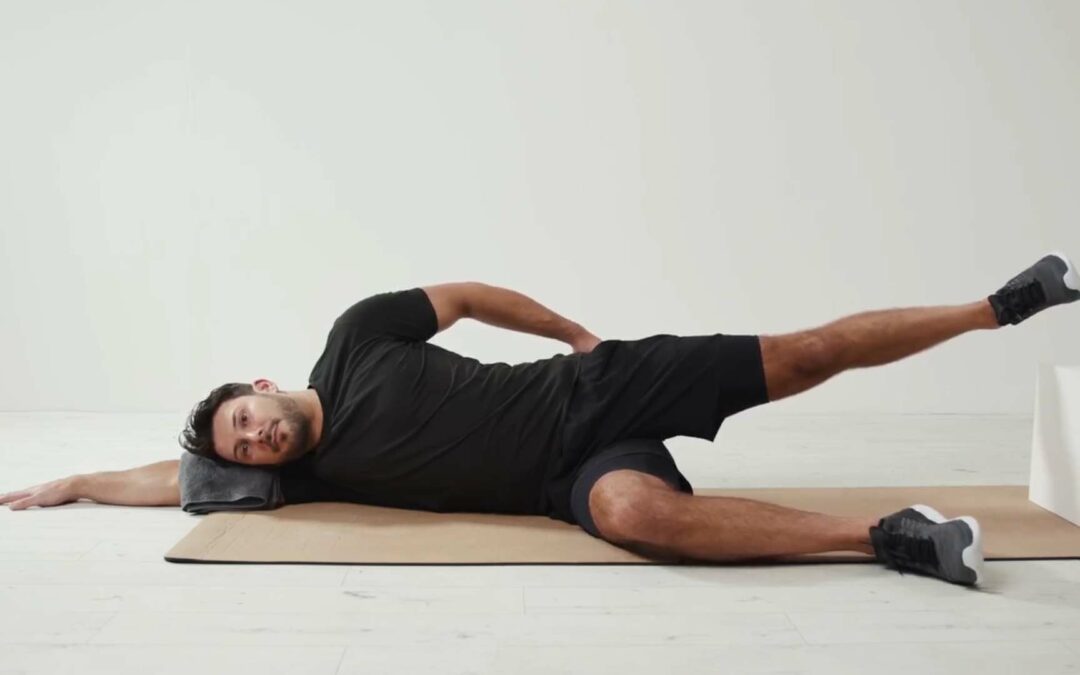Are you looking to improve your hip stability, strength, and functionality? Hip abduction exercises can be a powerful tool in your physiotherapy routine. In this comprehensive guide, we will explore the benefits of hip abduction exercises, the muscles involved, and provide a step-by-step approach to incorporating them into your physiotherapy program. Whether you are recovering from an injury or looking to enhance your overall hip health, hip abduction exercises can play a crucial role in achieving your goals.
What you will learn:
- The importance of hip abduction in physiotherapy exercises
- Step-by-step guide on how to perform hip abduction exercises
- Benefits of incorporating hip abduction exercises into your fitness routine
The Importance of Hip Abduction in Physiotherapy
Hip abduction is a fundamental movement that plays a significant role in maintaining the stability, strength, and functionality of the hip joint. It involves moving the leg away from the body’s midline. Weak hip abductors can lead to various hip and knee problems, including pain, altered gait patterns, and lower back pain. The primary hip abductor muscles include the gluteus medius, gluteus minimus, and tensor fasciae latae. These muscles work together to stabilize the hip joint, prevent excessive hip adduction, and maintain proper biomechanics during movement.
Targeted Hip Abduction Exercises
Now that we understand the importance of hip abduction in physiotherapy, let’s explore some effective exercises that specifically target the hip abductor muscles. These exercises can be performed using bodyweight, resistance bands, or additional weights, depending on the individual’s fitness level and rehabilitation goals. It’s essential to perform these exercises with proper form and technique to maximize their benefits and minimize the risk of injury.
1. Side-Lying Clamshell Exercise
The side-lying clamshell exercise is a classic hip abduction exercise that primarily targets the gluteus medius. To perform this exercise:
- Lie on your side with your legs stacked on top of each other and your knees bent to a 90-degree angle.
- Keep your feet together and your heels touching throughout the exercise.
- Engage your core muscles and maintain a neutral spine position.
- Slowly lift your top knee while keeping your feet together.
- Open your knee as far as you comfortably can without rotating your pelvis or lifting your heels.
- Hold the position for a few seconds and then lower your knee back to the starting position.
- Repeat for the desired number of repetitions and then switch sides.
2. Standing Hip Abduction with Resistance Band
The standing hip abduction exercise with a resistance band is an effective way to strengthen the hip abductor muscles in a weight-bearing position. Here’s how to perform this exercise:
- Attach a resistance band around your ankles or just above your knees.
- Stand with your feet hip-width apart and maintain a slight bend in your knees.
- Engage your core muscles and maintain an upright posture throughout the exercise.
- Slowly lift one leg out to the side against the resistance of the band, keeping your knee straight but not locked.
- Pause for a moment at the top of the movement and then slowly lower your leg back to the starting position.
- Repeat for the desired number of repetitions and then switch to the other leg.
3. Seated Hip Abduction with Resistance Band
The seated hip abduction exercise with a resistance band is a seated variation that targets the hip abductors, particularly the gluteus medius and minimus. Follow these steps to perform the exercise:
- Sit on a chair or bench with your back straight and your feet flat on the floor.
- Place a resistance band around your thighs, just above your knees.
- Engage your core muscles and maintain an upright posture.
- Slowly press your knees apart against the resistance of the band.
- Hold the position for a few seconds and then release the tension, allowing your knees to come back together.
- Repeat for the desired number of repetitions.
Use of Merlin App of Hip Abduction in Physiotherapy
The Merlin Physio App plays a crucial role in assisting with hip abduction exercises in physiotherapy. Hip abduction is a movement where the leg moves away from the midline of the body, and it’s a common area of focus in rehabilitation and recovery. Here’s how the app can be a valuable aid in this context:
- Customized Exercise Plans: The app allows physiotherapists to create personalized exercise plans for patients. For those working on hip abduction, this means tailored routines that address their specific needs and level of progress. Customization ensures that the exercises are appropriate and effective for each individual.
- Progress Tracking: Hip abduction exercises often require a gradual increase in intensity. The app enables physiotherapists to track the patient’s progress over time. They can adjust the exercise routine as needed, making it more challenging as the patient becomes stronger. This helps in achieving better results without the risk of overexertion.
- Real-Time Feedback: The Merlin Physio App provides real-time feedback to patients during their exercises. For hip abduction exercises, it can ensure that the movement is being done correctly and efficiently, reducing the risk of strain or injury. The app can alert the patient if they are deviating from the prescribed form, helping them to maintain the right technique.
Precautions and Considerations
While hip abduction exercises can be highly beneficial, it’s important to exercise caution and seek professional guidance if necessary. Here are some things to consider:
- If you have any underlying hip or knee conditions, consult with a qualified physiotherapist before starting any exercise program.
- Pay attention to your body and avoid pushing through pain. If you experience any discomfort or pain during the exercises, stop and consult with a healthcare professional.
- If you are new to exercise or have limited mobility, it may be helpful to work with a physiotherapist to ensure proper form and technique.
Conclusion
Hip abduction exercises are a valuable tool in physiotherapy programs aimed at improving hip stability, strength, and functionality. By targeting the hip abductor muscles, we can alleviate pain, enhance movement quality, and improve overall hip health. Incorporating exercises like the side-lying clamshell, standing hip abduction with a resistance band, and seated hip abduction with a resistance band can be highly effective when performed correctly and progressively. Remember to consult with a qualified physiotherapist to develop an individualized treatment plan that addresses your specific needs. With the right guidance and proper form, you can unlock the power of hip abduction and achieve optimal results in your physiotherapy journey.

